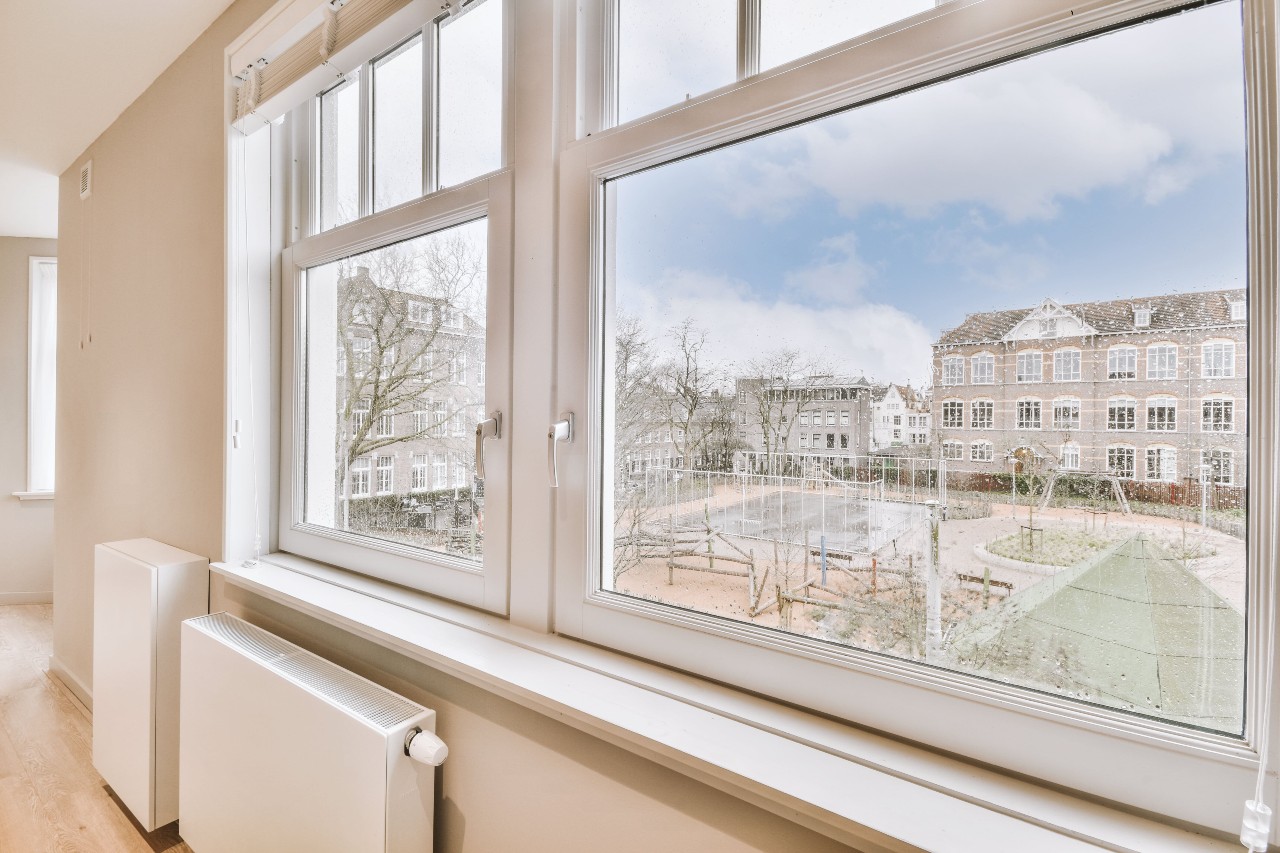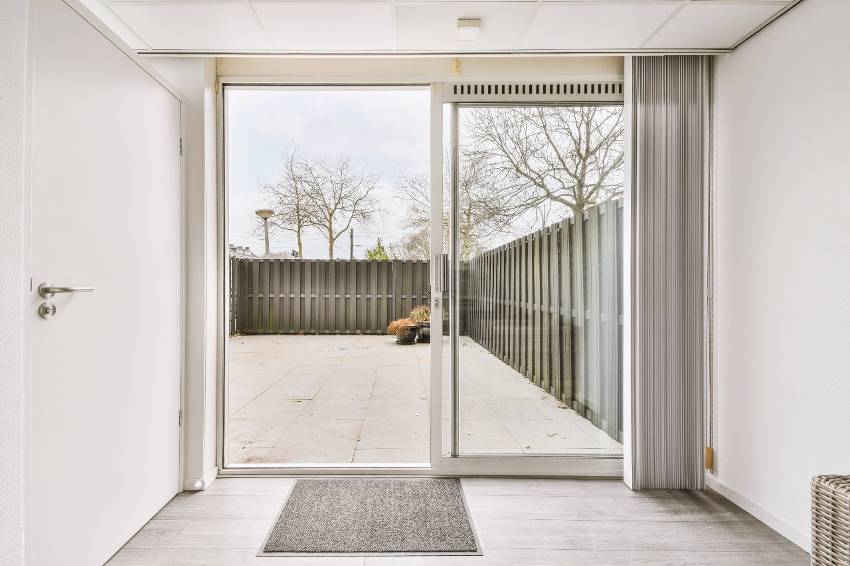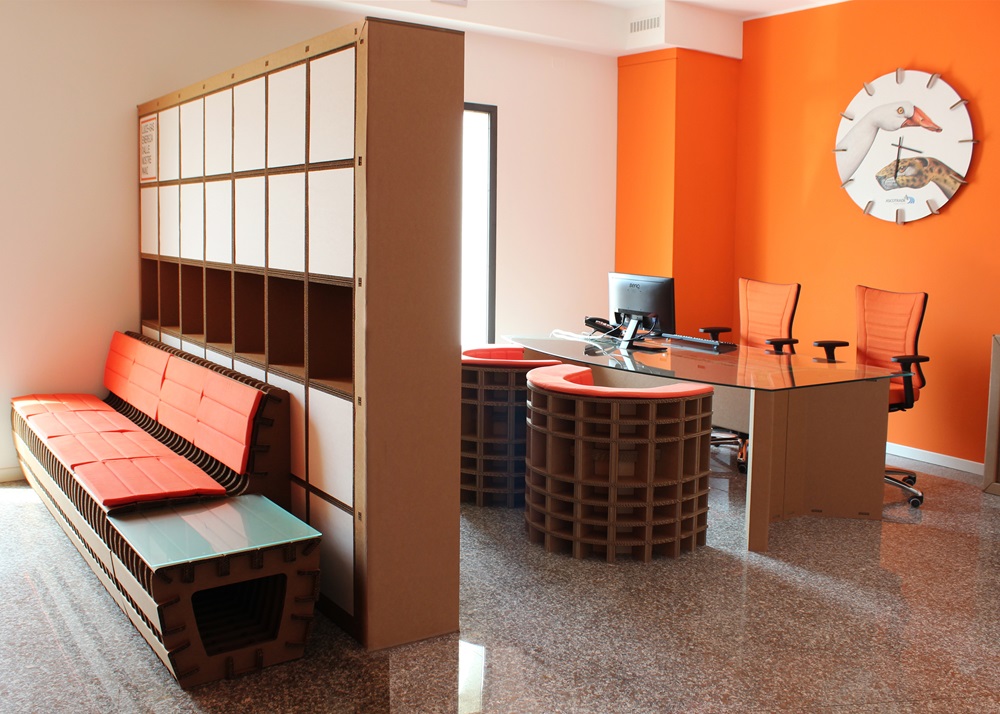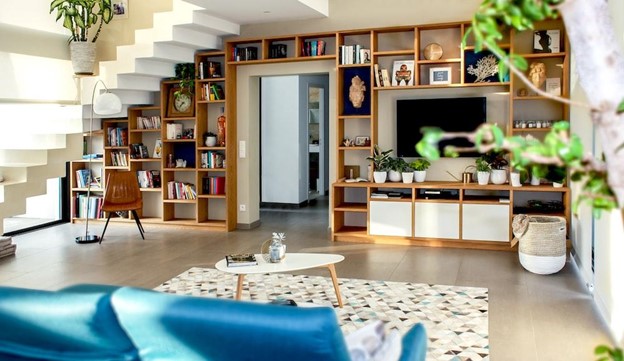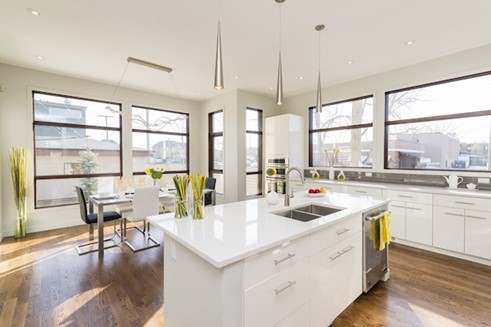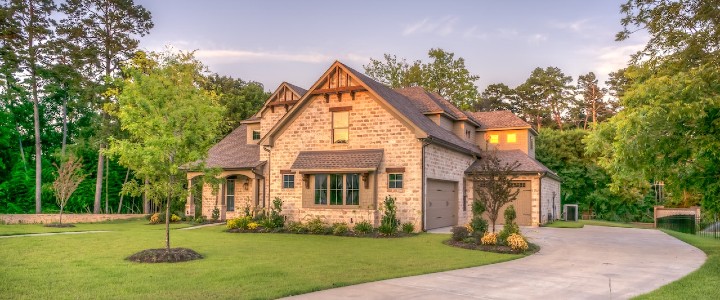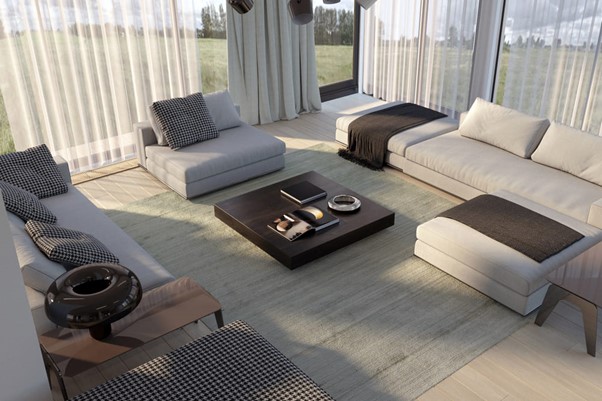Building a Summer House: What to consider
If you are thinking about finally building your own summer house, then this is the time to do it! A summer house can become the perfect getaway for the weekends and holidays where you can plant your own garden, spend time with your family outdoors, organize cook-outs and get a chance to truly relax after a long week of work.
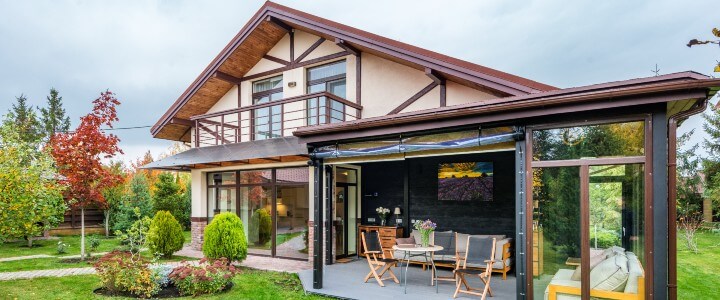
Advantages of having a summer house
Having a summer house of your own is much better than renting a cottage for many reasons. First of all, unlike a rental, it’s always available for you. You can choose any architectural style, decorate it to your liking and pick out the furniture yourself. Plus, you’ll get to decide what you want to grow in the garden and what trees or bushes you want to plant there.
Summer houses let you get away from the big city, breathe fresh air and live a a more balanced life. Since you’ll be surrounded by the great outdoors, this gives you the opportunity to do many different activities: hiking, biking, fishing and kayaking (if your summer house will be situated near a lake or river), and other outdoor sports.
If you have kids, then your summer house will be a great place where they can spend their summer holidays instead of staying in the city and watching TV all day. They can learn more about nature, play in the garden and improve their health.
Organizing the property
When you buy land, there are many additional buildings and constructions besides the summer house that you can have on your property. For instance, this could be a relaxing sauna, a garden office so you can take your work with you and enjoy the countryside at the same time, a shed for storing all your tools and equipment, or even a barbecue area with a kitchenette.
You can set up a gazebo with a bench table for outdoor dining or enjoying a cup of coffee in the yard, or a greenhouse for growing vegetables.
There are endless possibilities! The only thing you should keep in mind is the size and landscape of the property. Making a plan of the territory and where each building will be located will help you visualize and organize the space. You can either hire a landscape designer to plan out all of the garden beds, paths, and trees, or you may do this yourself if you wish.
Summer house design ideas
There are so many architectural styles to choose from when it comes to summer house design. If it’s hard for you to choose one specific style, then here’s a guide that might come in handy:
Architectural styles:
Modern
This is a simple and geometric style that emphasizes function. It usually has a limited color scheme, clean lines, and includes materials such as glass and steel. When it comes to designing the exterior and interior of a summer house, some people tend to stray away from using wood, as they believe that it’s not the best material for a modern or contemporary style. But that’s not the case – wooden elements, if done correctly, can make the summer house feel fresher and more natural without being too country. This can be done in the form of exposed wooden beams or adding an accent wall with wooden lining.
Log cabin
This style dates back hundreds of years to the days of the early settlers. It’s the cheapest and fastest to construct, as the wooden logs are easy to assemble. A log cabin style doesn’t automatically make the summer house shabby. On the contrary, with the right planning and plenty of references for inspiration, a regular log house can turn into a chic and sophisticated form of architecture.
Colonial
This is a popular residential architecture style that appeared in the early 17th century when the United States were a colony of Britain. It’s not limited to one specific look, as there are many sub-categories of colonial-style buildings: French, Cape Cod, British, Spanish, and many others. But these buildings do have some features in common. Most of them have a rectangular shape and are symmetrical – the door is in the center and there is an even number of windows on either side. Colonial houses typically have 2 or 3 stories and elements such as columns, fireplaces and wooden facades.
German style
German style houses and cottages can vary in size and number of stories, but all of them have one distinctive feature – there are wooden beams on the exterior of the house that used to be functional and were used as a frame to make the walls, but nowadays the beams can be added to the façade for decoration.


